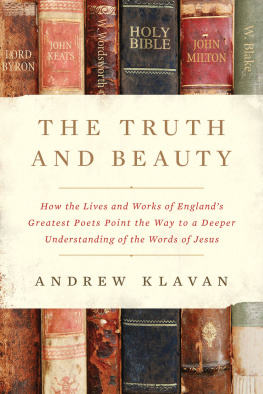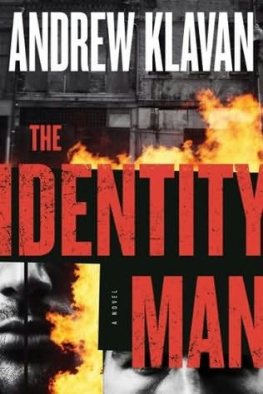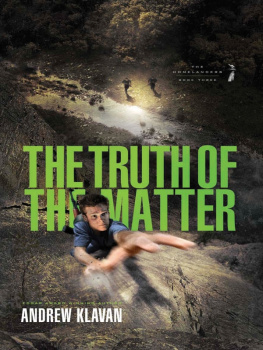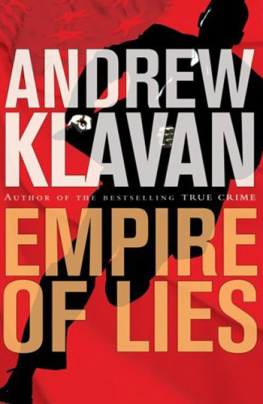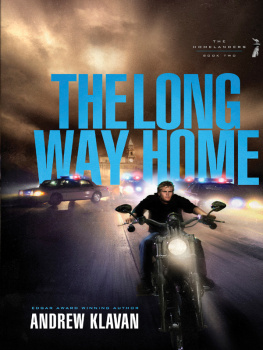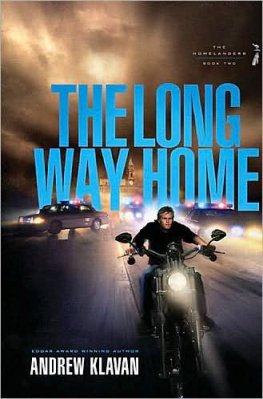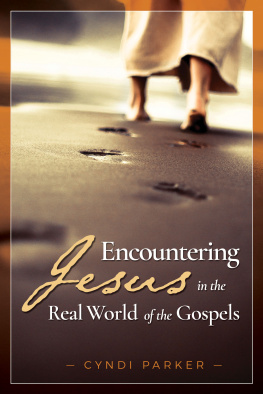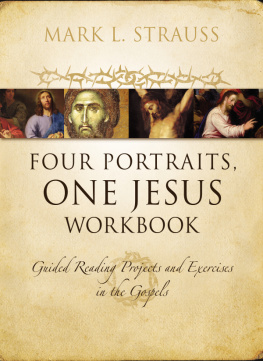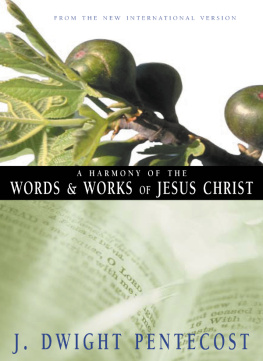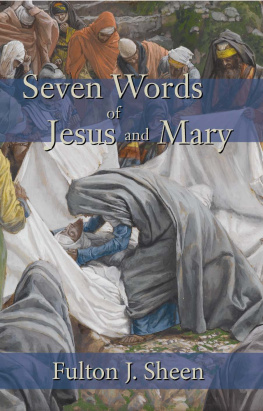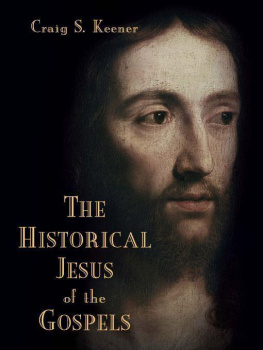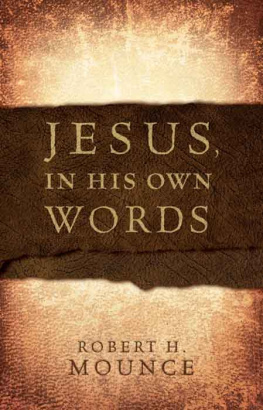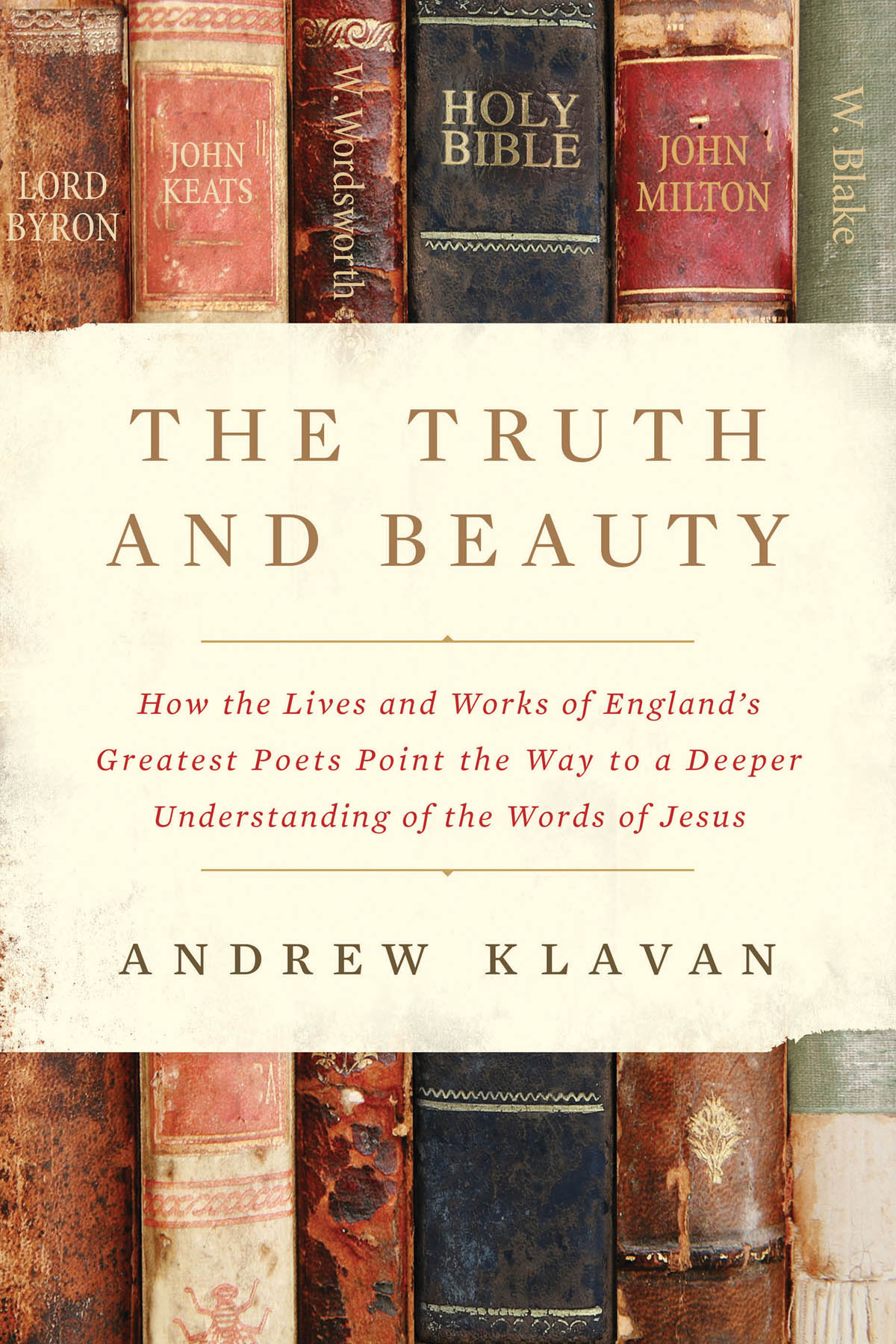Andrew Klavan has written a stunningly original work that defies classification by genre. It is, at once, literary, philosophical, and deeply Christianand, for all those reasons, personally enriching. Klavan tells how the English Romantic poetsColeridge, Wordsworth, Keats, and othersset about to use the artistic imagination to salvage mans instinctive knowledge of the supernatural just as materialistic philosophy was taking root in European intellectual circles during the early nineteenth century.
Klavan, a master storyteller, provides a fascinating and informative short history of these literary giants. In the process, he explains why their poetry is important and how it helped to reveal that this seemingly indifferent universe is, in fact, a personal creators act of love. Then, in a theological finale, he applies the insights of the great poets to illuminate the true meaning of some of the most challenging aspects of the teachings of Christ.
The Truth and Beauty is full of insight about romantic love and human mortality, the perils of utopian politics, the nature of men and women, the meaning of life and the moral order, science and the possibility of knowledge, and especially, the teachings of Jesus as recorded in the Gospels. Not since reading C. S. Lewiss The Great Divorce in college has a single book induced such deep and constructive theological reflection in me, as I suspect it will for many other readers.
STEPHEN C. MEYER, PhD, author, Return of the God Hypothesis:Three Scientific Discoveries That Reveal the Mind behind the Universe; director, Center for Science and Culture, Discovery Institute, Seattle
What have the Romantic poets to do with Jerusalem? Quite a lot, it turns out. Andrew Klavan has long since secured his spot as one of the most brilliant writers of our age. In The Truth and Beauty, Klavans cultural insight and eloquence shine as never before. The Romantics lived, as we do, in a time of disenchantment and unbelief. Through a deeply personal telling of his relationship with long-dead poets and the God who made both us and them, Klavan gently guides his readers away from the illusions of our age back toward the transcendentals.
MICHAEL KNOWLES, author, no. 1 national bestselling Speechless; host, The Michael Knowles Show
We live in a disenchanted world, a world of commodities and stuff that simply do not satisfy the intrinsic human craving for meaning and transcendence. Even the church can too often be driven by prosaic consumerism and not by the great mysteries of life. This is, strange to tell, where some of the great giants of English literature, especially the Romantics, can help us. They may not have offered the right answers, but they did grasp something of the mystery of existence. In this book, Andrew Klavan uses these great writers as foils for discussing the deeper questions of life, questions which he shows are answered only in Christ. For those who love both Christ and great literature, as Andrew Klavan clearly does, this book is a delight and a means to that most important of things: the reenchantment of our world.
CARL R. TRUEMAN, professor, biblical and religious studies, Grove City College; fellow, Ethics and Public Policy Center, D.C.
Poetry and literature point to the sacred. Andrew Klavan reminds us how.
DR. JORDAN B. PETERSON, author, international bestselling Maps of Meaning, Twelve Rules for Life, and Beyond Order
You dont have to be a Christian to appreciate much of the timeless wisdom Andrew Klavan presents in The Truth and Beauty. Klavan is a magnificent writer, a person of wisdom, and a man of compassionall of which shine through here.
BEN SHAPIRO, editor emeritus, DailyWire; host, The Ben Shapiro Show
ZONDERVAN BOOKS
The Truth and Beauty
Copyright 2022 by Amalgamated Metaphor, Inc.
Requests for information should be addressed to:
Zondervan, 3900 Sparks Dr. SE, Grand Rapids, Michigan 49546
Zondervan titles may be purchased in bulk for educational, business, fundraising, or sales promotional use. For information, please email SpecialMarkets@Zondervan.com.
ISBN 978-0-310-36461-0 (hardcover)
ISBN 978-0-310-36463-4 (audio)
ISBN 978-0-310-36462-7 (ebook)
Epub Edition January 2022 9780310364627
All Scripture quotations, unless otherwise indicated, are taken from The Holy Bible, New International Version, NIV. Copyright 1973, 1978, 1984, 2011 by Biblica, Inc. Used by permission of Zondervan. All rights reserved worldwide. www.Zondervan.com. The NIV and New International Version are trademarks registered in the United States Patent and Trademark Office by Biblica, Inc.
Scripture quotations marked as BSB are taken from The Holy Bible, Berean Study Bible, BSB. Copyright 2016, 2018 by Bible Hub. Used by permission. All rights reserved worldwide.
Scripture quotations marked ESV are taken from the ESV Bible (The Holy Bible, English Standard Version). Copyright 2001 by Crossway, a publishing ministry of Good News Publishers. Used by permission. All rights reserved.
Scripture quotations marked KJV are taken from the King James Version. Public domain.
Scripture quotations marked NASB are taken from the New American Standard Bible (NASB). Copyright 1960, 1962, 1963, 1968, 1971, 1972, 1973, 1975, 1977, 1995 by The Lockman Foundation. Used by permission. www.lockman.org.
Scripture quotations marked NKJV are taken from the New King James Version. Copyright 1982 by Thomas Nelson. Used by permission. All rights reserved.
Any internet addresses (websites, blogs, etc.) and telephone numbers in this book are offered as a resource. They are not intended in any way to be or imply an endorsement by Zondervan, nor does Zondervan vouch for the content of these sites and numbers for the life of this book.
All rights reserved. No part of this publication may be reproduced, stored in a retrieval system, or transmitted in any form or by any meanselectronic, mechanical, photocopy, recording, or any otherexcept for brief quotations in printed reviews, without the prior permission of the publisher.
Cover design: Richard Ljoenes Design LLC
Cover photo: Menna / Reinhold Leitner / Shutterstock
Author photo: Kristyn Kimball Photography
Interior design: Sara Colley
Printed in the United States of America
222324252627282930/LSC/121110987654321
Information about External Hyperlinks in this ebook
Please note that the endnotes in this ebook may contain hyperlinks to external websites as part of bibliographic citations. These hyperlinks have not been activated by the publisher, who cannot verify the accuracy of these links beyond the date of publication
For Nathan Edward Moore,
a loving welcome
CONTENTS
Guide
W hen I was planning this book, it was my dream to revisit some of the locations in which the events I describe take place. I imagined myself traveling back to the homes of Wordsworth and Coleridge in the English Lake District and to the Keats-Shelley museum that now occupies the Roman rooms where John Keats died. Perhaps I would see some of the original writings of these poets in their own hands, and speak with the curators who watch over them. But when the pandemic of 2020 struck and the world shut down, all my travel and speaking engagements were canceled, and I decided it would be wise to seize the tragic moment to do the work that had been haunting me for years. As a result, what I hoped to have accomplished on location and in the company of scholars was done in a workshop the size of an outhouse with a computer and a collection of my own decaying books strewn about the desk and floor. And while I always tried to use those tools to track down the original sources I cited, I was also always dependent upon and indebted to the scholarship of specialists who directed me to those sources. I could not have written this book if there were no M. H. Abrams or Jacques Barzun, Richard Holmes or Stephen Greenblatt, Walter Jackson Bate or Juliet Barker or all the other biographers, critics, and historians whom I tried to credit in the bibliography. It was very important to me to acknowledge their work, but at the same time, I was concerned not to involve them in my own sometimes unpopular points of view. I therefore cited them only in notes when a quotation or insight came from them specifically. If at any point I failed to mention someone deserving of credit, let me say simply that all the facts reported here were originally gathered by better scholars than myself. Only the interpretations of those facts are mine.

